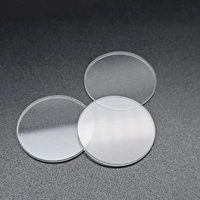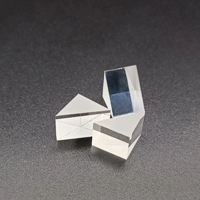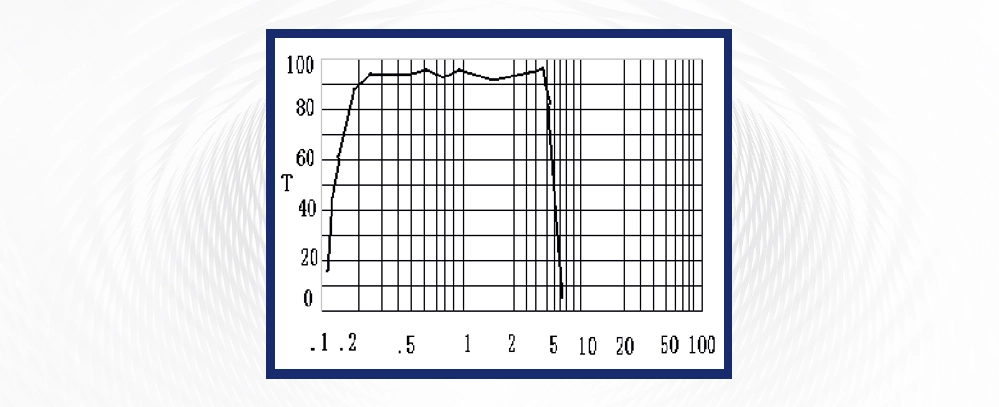Mar 31-2025
Lithium fluoride (LiF) crystal has the smallest refractive index in the common infrared optical materials. its transmissionspectrum ranges from 120nm to 7000nm. it is usually used for lenses, prisms and windows of thermal imaging systemsspace optical systems and excimer laser optical systems, lt has hiah water solubility and high coeficient of thermalexpansion, When used in atmospheric environment, special measures should be taken to prevent its deliguescence anddeformation.

A high-performance window designed for infrared applications, utilizing Lithium Fluoride (LiF) for excellent transmission across infrared wavelengths.

An optical prism crafted from Lithium Fluoride (LiF), engineered for precise dispersion and refraction of infrared light.

LiF Optics function by utilizing the unique optical properties of Lithium Fluoride. Its ability to transmit light across a broad spectral range allows for precision manipulation and control of light beams. Whether it's for imaging, spectroscopy, or other optical systems, LiF Optics ensure accurate light transmission with minimal distortion or loss.
1
UV Transmission: LiF optics have high transmission in the UV range, crucial for applications like spectroscopy and lithography.
2
Low Absorption: LiF has low absorption in the UV and visible spectrum, ensuring high transmission efficiency.
3
Thermal Stability: LiF optics exhibit good thermal stability, maintaining performance in varying temperature environments.
4
Radiation Resistance: LiF is resistant to radiation damage, making it suitable for use in high-radiation environments like nuclear facilities.